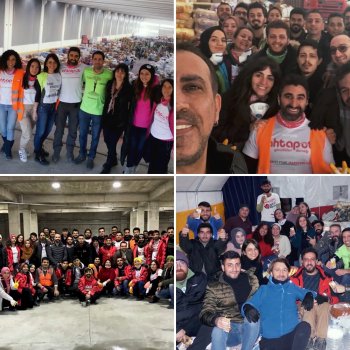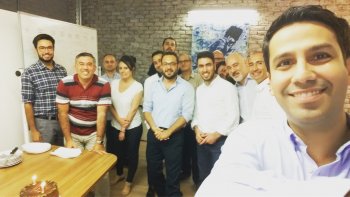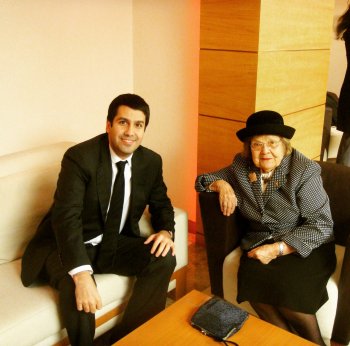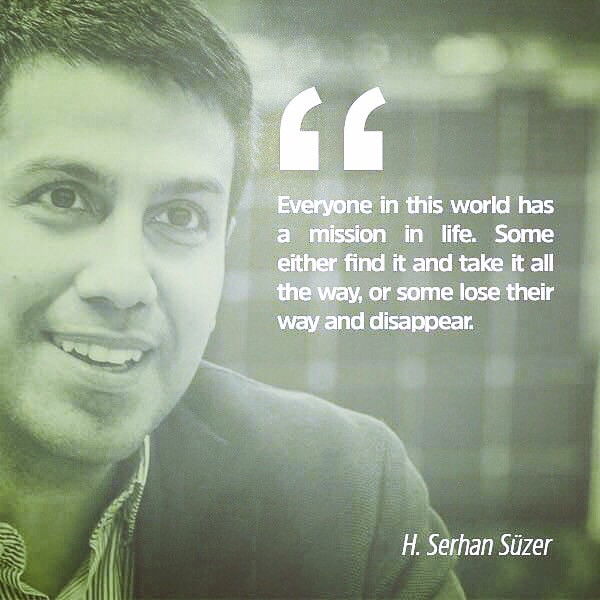The Tourism Sector Is About To Discover Solar Energy
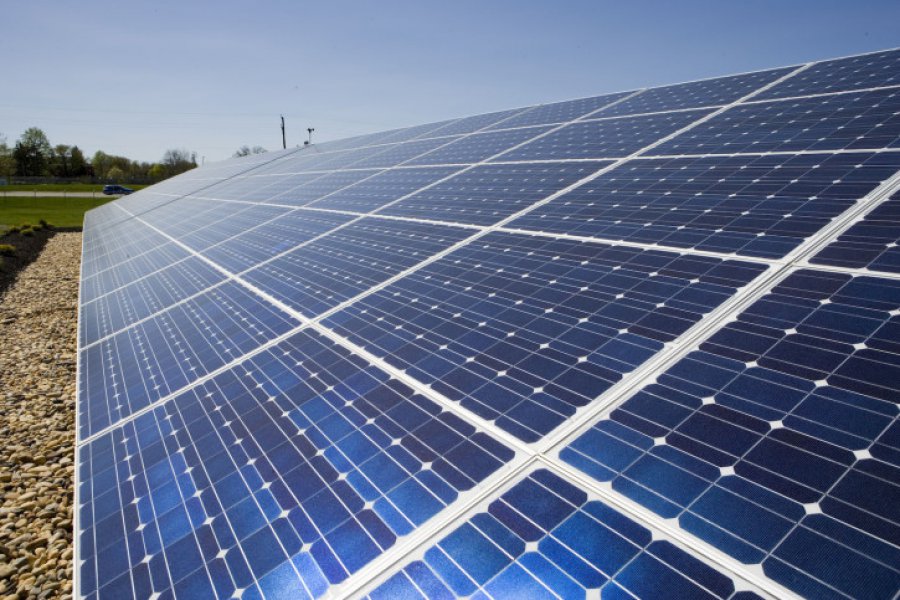
The tourism sector’s gravitation towards renewable energy, chief among them solar energy, means it is assuming its responsibility toward nature, from which it earns revenue, as well as making its mid- and long-term investments more profitable and more sustainable. Furthermore, the designation of “green” hotel/restaurant makes it possible to appeal to the growing number of the environmentally conscious and to be eligible for various grants and credits at the investment stage.
When I began my professional life in 2001 I never imagined I would start off working in the tourism sector. While studying finance in Canada I was focused on only one thing: becoming a banker. All of my career plans hinged on it. It was one of those times when even with the best laid plans you suddenly find yourself on an unexpected path.
After graduating in 1999 I worked for a time for Genel Sigorta’s insurance operations in America. Then, as my family and I had agreed, I returned to Turkey and completed my military service. The day after I was discharged I found myself tasked with the opening of the Ritz-Carlton Hotel. It was quite the surprise, even it is true that anyone who has studied finance should be able to work anywhere in the private sector. If you ask me, finance is one of the three main pillars of any successful business. No business can survive without competent finance, marketing and operations departments.
Without going into all the details, I can say that I suddenly found myself in the tourism sector after our professional responsible for managing the Ritz-Carlton project left the job, a position my father then asked me to fill. Although I protested at first, citing a lack of experience, I was assured that “we will be there for you if things get tough,” and I began talks with the Ritz-Carlton Hotel Company and financial institutions.
I took over the job in July of 2001, and we opened the hotel in October of 2001. The timing was truly unfortunate. We opened the hotel a mere 25 days after the events of September 11th. On September 10th our hotel was 100% booked, with another 50 customers on the waiting list and more bookings being made daily as opening day neared. Then 9/11 happened and we were hit with a wave of cancellations. We opened on October 6th with an occupancy rate of just 8%. The following day, the United States began bombing Afghanistan. The cancelling of reservations continued. 50% of our investment in the hotel was funded by American financial institution OPIC. Those were difficult days, with loan repayments coming due and hotel operations constantly in the red. We were forced to take some radical measures, but we succeeded in righting the ship and, having survived that period of crisis, it was not long before the hotel’s management standards, quality investment and ideal location propelled it to its rightful place among Turkey’s best and most sought after hotels.
During that period, I remember trying to boost revenue as we carefully analyzed all of our expenses. With the tourism sector in Istanbul in crisis through no fault of our own, there was not much we could do in terms of revenue. Among the expenditure items where we could make a difference, the most striking one was energy.
First, we addressed energy efficiency: “Have we taken every measure to reduce energy consumption to optimum levels?” To that end, I remember undertaking any number of initiatives with electrical engineers using the technology of that period.
Let’s move along to 2011, ten years after the experiences I gained during that period of crisis. This time, I was working in the retail sector. After five years in the tourism sector I had moved to retail. Actually, I was active in a business that paralleled the food and beverage side of hotels. I was the CEO of KFC and Pizza Hut. Following my four to five years of management, the companies were performing at their best ever. The time had come for me to enter a sector that had always been dear to my heart. The most recent of my undertakings at KFC and Pizza Hut had been to open a LEED-certified green restaurant, the first in the Yum International chain. At that time, in order to receive LEED certification for the KFC branch in Bostancı, energy and water efficiency had to be boosted, insulation improved and a renewable energy plant constructed. The job gave me a great deal of pleasure. According to our calculations, we invested 20% more than we would have if the branch had not met those green standards. However, we would recoup our investment within three years through energy savings. Many investors were not aware of this opportunity for savings. I appeared in media interviews frequently back then, encouraging other investors to earn green certification for their restaurants.
Since then we have made steady progress. Naturally, I wish there were far more green restaurants and hotels, but, if nothing else, awareness of environmental issues has increased since then. After the retail sector, I moved into the solar energy sector. I started with an R&D project. At our company Hittite Solar, we sought to find commercial applications for CSP Parabolic Trough technology that generates steam, and thus electricity, from solar energy. We demonstrated this technology designed by Turkish engineers in setting up a CSP collector in Denver in cooperation with the US Department of Energy. Following this achievement, I sold our shares in Hittite Solar in order to move on from R&D to the actualization of projects, and launched a new enterprise. I founded Eko Renewable Energy, Inc. (EkoRE, for short), an EPC and investment company that develops projects in the fields of “Solar,” “Wind” and “Biogas” energy.
Through our company, EkoRE, we continue to realize a number of projects. As we do so, I keep thinking of how much the sectors I was previously involved in could benefit from renewable energy. The tourism sector, in particular, could benefit from a number of different applications. We can list these benefits under three main headings:
1. ELECTRICITY: Solar energy, or Global Horizontal Irradiance (GHI ), is converted into electricity through the solar cells of Photovoltaic (PV) technology. Electricity is produced by placing panels on the roofs of hotels, in vacant lots next to hotels, if available, and/or in parking lots. By using PV technology to produce electricity:
a. Costs can be cut or eliminated: In energy trends today, distributed generation is becoming increasingly important. That is, the new trend in many places is to produce and consume small quantities of electricity near the point of use instead of relying on the power grid. This results in lower electricity costs and can even mean, providing you have enough space (rooftop, land, etc.) that costs are reduced to zero. By “enough space,” I mean, for example, that you would need approximately 20,000 m² to achieve installed power of 1MW (1,000 kW). In Turkey, installed power of 1MW generates 1.5MWh of electricity, which is enough to supply the electrical consumption of 600 homes for a year, assuming that under normal circumstances the average home uses 2400kWh of electricity a year. Because electricity consumption fluctuates at both hotels and homes, I will not be able to provide a consumption algorithm for hotels. I can confidently say, however, that the installed power mentioned above would be sufficient to supply the electrical needs of a mid-size hotel. Everyone in the sector is well aware of the importance of such savings, particularly in the summer months, when energy consumption and, by extension, costs, reach peak levels.
b. Revenues can be generated: In the winter months, when consumption levels are low, excess energy can be sold to distribution companies for extra revenue. The unlicensed production category enables this. You use electricity for your hotel’s consumption and sell any surplus power to the grid for 13.3 cents per kW/h. This is a quite a good source of income for hotels, and can be particularly valuable to those hotels in the south that either close for the winder or remain open with minimal staffing.
Investment costs are constantly changing. According to the pricing scale at the moment, it would cost approximately $1.2 million to build a 1 MW power station. However, with electricity prices at 13.3 cents/kWh, the return on this investment can be achieved in as little as 6-7 years in areas conducive to harnessing solar energy. After 6-7 years, all revenues remain in your pocket. When we consider that panels have a guaranteed warranty of 25 years, this represents an important source of revenue for hotels.
There are two main types of photovoltaic technology: crystalline silicon solar cells and thin-film solar cells. It is possible to use both. Because thin-film technology is a newer technology that requires more space (approximately 30,000 m² to achieve installed power capacity of 1 MW), crystalline technology is more often used. Being more specific, polycrystalline solar cells are usually preferred over monocrystalline PV panels because they are less costly even if slightly less efficient. However, in areas with strong solar radiation thin-film technology might be preferred for its better efficiency. In fact, if you have concerns about the design of your hotel you can use flexible thin-film cells, which allows for lightweight panels resistant to breakage that can be used in various integrated applications, such as for roofs in particular. Here are examples of each technology for you to see with your own eyes:
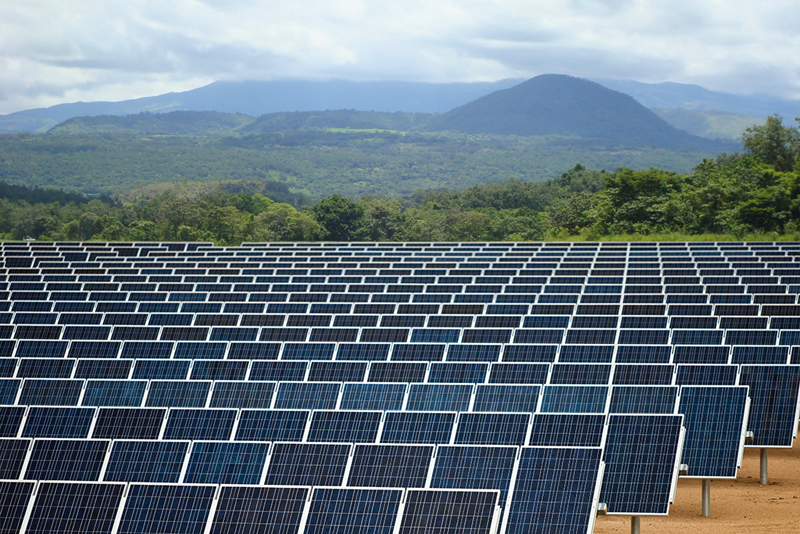
A Solar Energy Central made up of polycrystalline panels on a block of land in Costa Rica
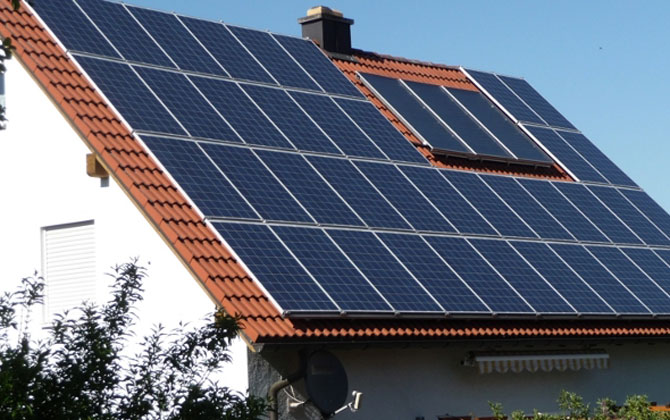
An application of polycrystalline panels on a roof in Uruguay
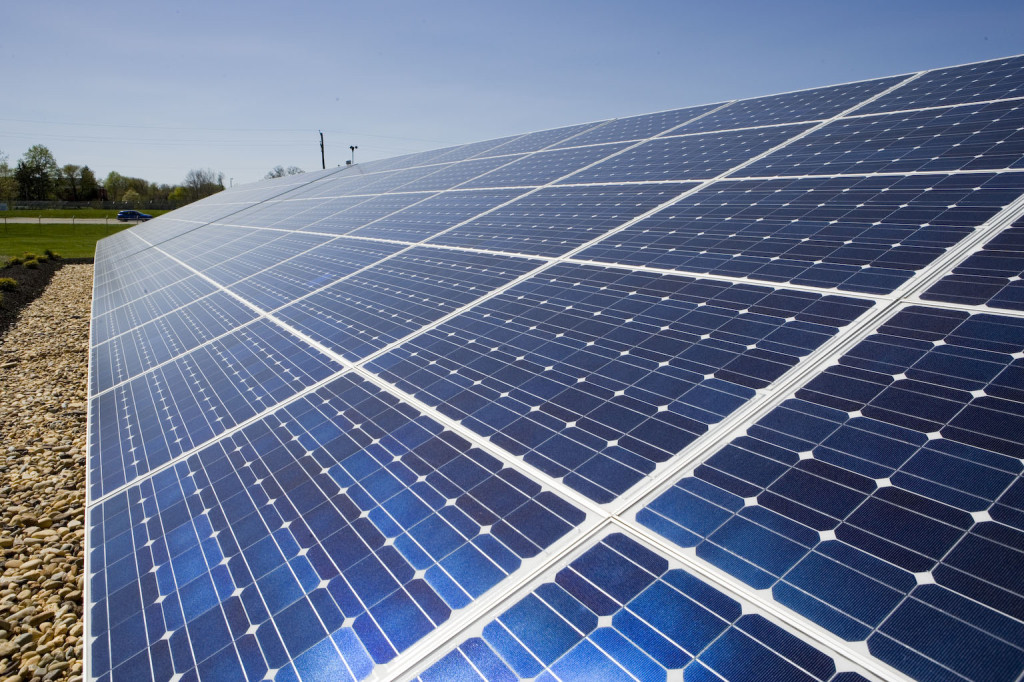
An application of monocrystalline PV panels on a block of land
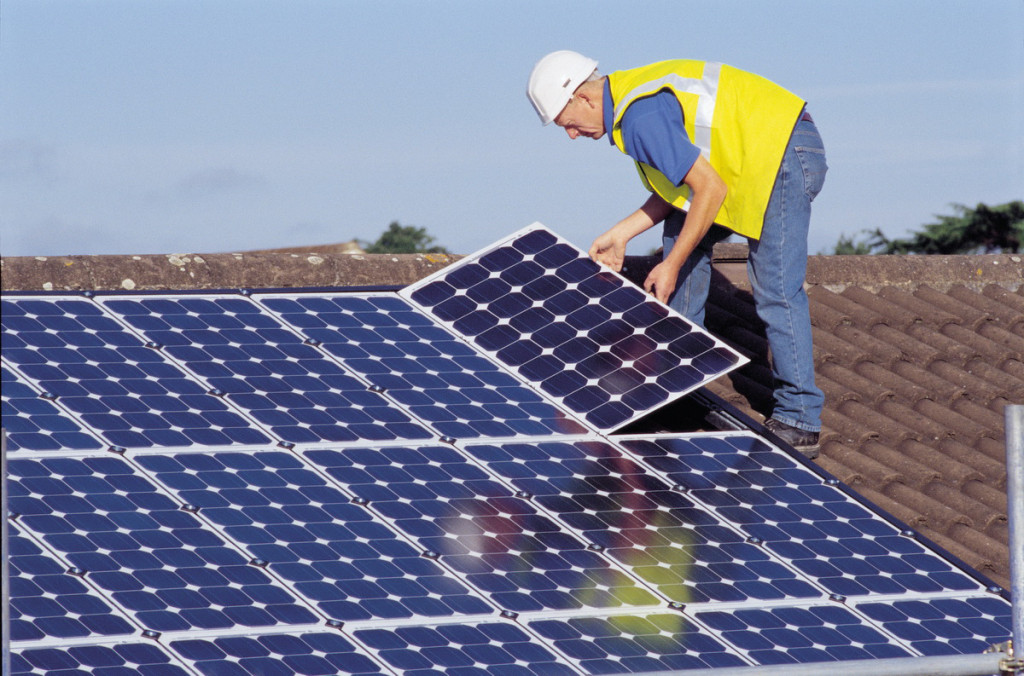
An application of monocrystalline panels
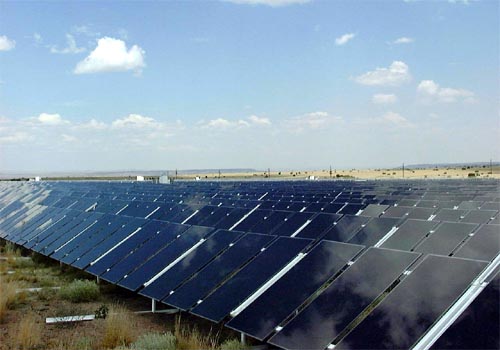
Thin film application on a block of land
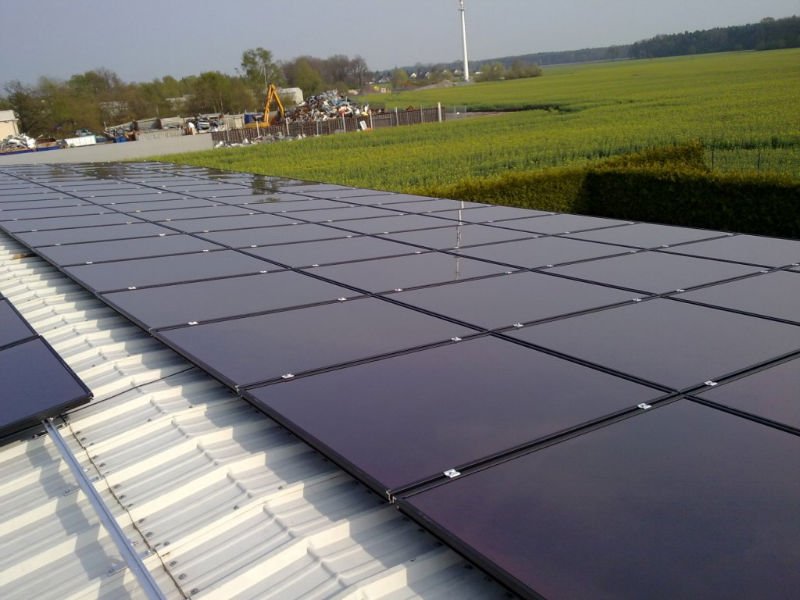
Thin film application on a roof
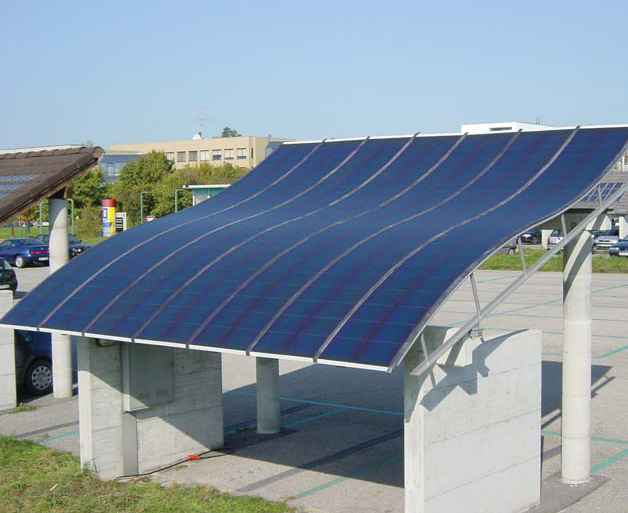
Above a carpark a flexible thin film application
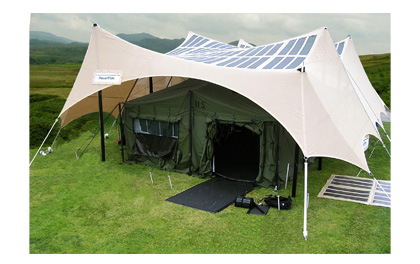
Above a tent a flexible thin film application
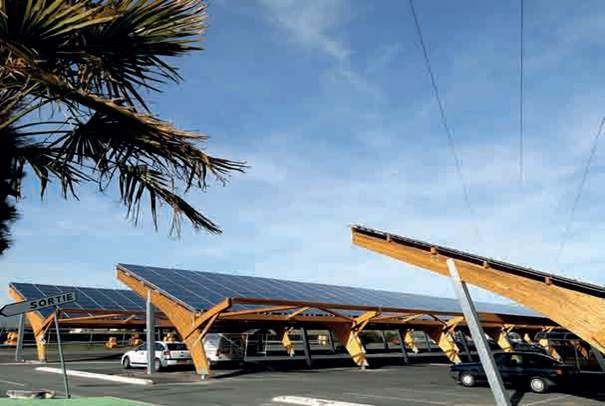
The application of GES in a carpark in France
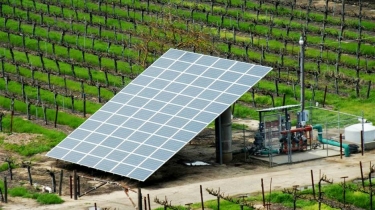
PV Feeding Agricultural Irrigation
2. HEAT/STEAM: Another way to harness solar energy to generate heat or steam is Direct Normal Irradiance. This type of generation is called Concentrating Solar Power (CSP) and is achieved through various technologies, of which parabolic trough technology is most relevant for hotels. The concentrated heat can serve two different purposes.
a. Heating/Cooling: By harnessing parabolic trough technology in the land next to your hotel, you can use heat as an absorption chiller. During the summer months, in particular, when solar radiation is at its peak, significant energy savings can thus be achieved in cooling your hotel. Further research into this application has been conducted all over the world. It is possible with these systems, particularly one known as MicroCSP, to generate heat at the desired degree and pressure.
b. Hybrid usage: For example, if you have a system that burns natural gas, you can also install a MicroCSP system next to your hotel to generate heat or steam, which, when integrated with your current system, will give you a hybrid system. In other words, employing a MicroCSP collector will enable you to increase the volume of heat/steam produced and to boost efficiency.
3. CARBON:If the environment is truly important to you, you think about ways you can reduce carbon emissions. In order to be good stewards of nature and leave a cleaner world to future generations, we absolutely need to install solar energy systems in our hotels.
If you do not care about the environment, choosing instead to focus exclusively on the present and your material gains, then you should be aware that the world’s economic system models are steadily moving towards punitive measures for those who harm the environment and rewards for those who are environmentally sensitive.
For example, it is possible to both reduce carbon emissions and earn a profit through carbon trading. We will frequently be encountering terms such as Carbon Markets, Carbon Exchanges and carbon trading. That is, the solar energy system you install will be valuable in terms of reduction of carbon emissions. You will be able to sell carbon on various platforms; for example, the European Emission Trading Scheme or a national exchange set up by each individual country. Certified Emission Reductions (CERs) and voluntary green certificates are widely available. I would suggest you speak with the experts to learn more about this.
4 .PR:In additional to financial gain, renewable energy will also burnish your hotel’s public relations image. This, too, is something that translates into a long-term contribution to the bottom line. You should make a point of informing tour operators or travel agencies that your hotel is certified, in conformance with “green hotel” standards or powered by renewable energy. That information might then be passed along to potential guests, many of whom are increasingly using their dollars to support and reward environmentally conscious enterprises. You may well attract guests to your hotel from various countries for that reason alone, which will translate into increased revenues for you.
Last of all, I would like to remind you of some of the various financing schemes available for Solar Energy Systems.
a. Incentives: If you participate in certain programs, you can become eligible for incentives to construct a facility. I suggest you research the relevant programs. You can follow notifications at the website of the Ministry for Development (http://www.kalkinma.gov.tr/Pages/Tum-Kalkinma-Ajansi-Duyurulari.aspx) or track developments at the website of your regional development agency. Listed below are the 26 such developments agencies in Turkey:
1. İzmir Development Agency (İzmir)
2. Çukurova Development Agency (Adana, Mersin)
3. İstanbul Development Agency (İstanbul)
4. Mevlana Development Agency (Konya, Karaman)
5. Central Black Sea Development Agency (Amasya, Çorum, Samsun, Tokat)
6. Northeast Development Agency (Erzurum, Erzincan, Bayburt)
7. East Anatolia Development Agency (Muş, Hakkari, Bitlis, Van)
8. Silk Road Development Agency (Adıyaman, Gaziantep, Kilis)
9. Karacadağ Development Agency (Diyarbakır, Şanlıurfa)
10. Tigris Development Agency (Batman, Mardin, Siirt, Şırnak)
11. Thrace Development Agency (Edirne, Kırklaraeli, Tekirdağ)
12. South Marmara Development Agency (Balıkesir, Çanakkale)
13. South Aegean Development Agency (Aydın, Denizli, Muğla)
14. Zafer Development Agency (Afyonkarahisar, Kütahya, Manisa, Uşak)
15. Bursa Eskişehir Bilecik Development Agency (BEBKA)
16. East Marmara Development Agency (Kocaeli, Sakarya, Bolu, Düzce, Yalova)
17. Ankara Development Agency (Ankara)
18. West Mediterranean Development Agency (Antalya, Isparta, Burdur)
19. East Mediterranean Development Agency (Hatay, Kahramanmaraş, Osmaniye)
20. Ahiler Development Agency (Aksaray, Kırıkkale, Kırşehir, Nevşehir, Niğde)
21. Central Anatolia Development Agency (Kayseri, Sivas, Yozgat)
22. West Black Sea Development Agency (Bartın, Karabük, Zonguldak)
23. North Anatolia Development Agency (Kastamonu, Çankırı, Sinop)
24. East Black Sea Development Agency (Artvin, Giresun, Gümüşhane, Ordu, Rize, Trabzon)
25. Serhat Development Agency (Ağrı, Ardahan, Iğdır, Kars)
26. Euphrates Development Agency (Bingöl, Elazığ, Tunceli, Malatya)
b. Bank Credit: Two types of bank credits are available. Banks look favorably upon these types of loans because it allows them to demonstrate their commitment to the environment through their finances. In fact, thanks to the funds of international institutions like EBRD and IFC, Turkish banks are able to extend various types of renewable energy credit. For an example, I suggest you look at TURSEFF credits: http://www.turseff.org/. Because solar energy plants can be installed in a short period of time such as three months, it is easier to finance their construction than that of other energy projects. It is possible to secure a loan with a one-year grace period and a repayment plan spread over ten years. As everyone knows, bank credit can be secured in one of two ways:
i. Project Financing: The collateral and terms of loans secured this way vary from bank to bank. To tell the truth, the banks in Turkey have a peculiarly Turkish way of financing projects. That is to say, it is extremely rare for a project to be financed, with the project used as collateral. Banks tend to request additional collateral from the project owner. Banks in Turkey generally extend credit for terms of five to twelve years. Different banks may request different documents from you. Generally, they are:
-
A detailed breakdown of investment costs
-
A customer feasibility report
-
An Electricity Generation License (letter of invitation for unlicensed projects), TEİAŞ Link View (approval from TEDAŞ for unlicensed projects), ÇED Necessity Decision (non-agricultural report for unlicensed projects), Project Introduction File and similar licenses and permissions
-
General information and financial information concerning the investor’s activities
ii. Asset-based credit: Credit extended to the company owning the project. The terms of the loan are determined based on the company’s creditworthiness.
It is perfectly reasonable to expect more and more of these systems, with their minimal operating and maintenance costs (the cleanliness of the panels are particularly important to optimum efficiency), to be installed at hotels in Turkey. Not only are they financially advantageous and good for the environment when integrated in hotels built from the ground up, but the installation of a Solar Energy Plant at an existing hotels can allow the transition to a new status as a “green” hotel.
Let’s keep in mind that when it comes to energy we need to increase efficiency, reduce consumption and meet our current needs through renewable sources, chief among them solar energy.
Tag: enerji

